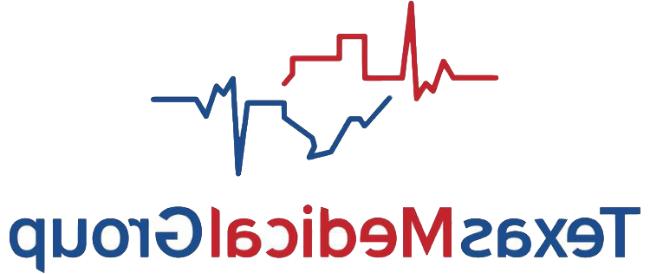
UNDERSTANDING THE DIFFERENCE BETWEEN RSV, FLU AND 新型冠状病毒肺炎
Health experts warn of a “tripledemic” surge this winter as Americans face the threat of severe respiratory syncytial virus (RSV), influenza (flu) and 新型冠状病毒肺炎. In the last couple of years, both the flu and 新型冠状病毒肺炎 have been prominent in the United States, but with the addition of RSV’s prevalence this year, there are new risks when catching any of these illnesses. The Centers for Disease Control and Prevention’s (CDC) surveillance has shown an increase in RSV detections and RSV-associated emergency department visits and hospitalizations in multiple U.S. 地区.
With several viruses circulating this winter, you may worry about every cough or sneeze and wonder what you have. Since these illnesses are all caused by viruses that affect your respiratory system, they also share some symptoms. This can make it challenging to know what you may be sick with when feeling under the weather. This article highlights the differences between RSV, flu and 新型冠状病毒肺炎 based on CDC information.
RSV
RSV is a common respiratory virus that usually causes mild, cold-like symptoms. Almost all children will have had an RSV infection by their second birthday. Most people recover in a week or two, 但呼吸道合胞病毒可能很严重, especially for infants and older adults. RSV tends to spread via surface droplets, especially high-touch areas.
RSV symptoms can appear within four to six days after getting infected. 常见症状包括:
- 流鼻涕
- 食欲下降
- 发热
- 咳嗽
- 打喷嚏
- 喘息
These symptoms usually appear in stages—not all at once. Very young infants with RSV may only experience symptoms like irritability, decreased activity and breathing difficulties.
流感
流感 activity typically peaks between December and February, although significant activity can last as late as May. Since the 新型冠状病毒肺炎 pandemic began, flu activity timing and duration have been less predictable.
流感 symptoms usually come on suddenly and vigorously and are more severe than a cold. 常见症状包括:
- High-grade fever or chills
- 咳嗽
- 喉咙痛
- 流鼻涕或鼻塞
- 肌肉或身体疼痛
- 头疼
- 乏力
People with the flu often feel some or all of the above symptoms. Most people who get the flu will recover in a few days to less than two weeks, but some will develop a wide range of complications because of the flu. For example, sinus and ear infections are moderate complications, while pneumonia is serious.
新型冠状病毒肺炎
新型冠状病毒肺炎 spreads when an infected person breathes out droplets and tiny particles that contain the virus. These droplets and particles can be breathed in by others or land on their eyes, noses or mouth.
Symptoms can appear two to 14 days following exposure to 新型冠状病毒肺炎. Anyone can have mild to severe symptoms. 常见症状包括:
- 发烧或发冷
- 咳嗽
- Shortness of breath or difficulty breathing
- 乏力
- 肌肉或身体疼痛
- 头疼
- New loss of taste or smell
- 喉咙痛
- 鼻塞或流鼻涕
- 腹泻
This list doesn’t include all possible symptoms because symptoms may change as new 新型冠状病毒肺炎 variants emerge and can vary depending on a person’s vaccination status. As such, the CDC recommends 新型冠状病毒肺炎疫苗 for everyone 6 months and older and boosters for everyone 5 years and older.
Summary
Because there is some overlap between symptoms, it may be difficult to determine whether you have RSV, the flu or 新型冠状病毒肺炎 without being tested. For more information about these viruses, visit the CDC’s 网站.
If you’re not feeling well, stay home and call your doctor to explain your symptoms or take an at-home 新型冠状病毒肺炎 test, 如果可用. A health care provider can also test to determine if you have RSV, the flu or 新型冠状病毒肺炎.
This article is for informational purposes only and is not intended as medical advice. For further information, please consult a medical professional. ©2022 Zywave, Inc. 版权所有.

讨论
There are no comments yet.